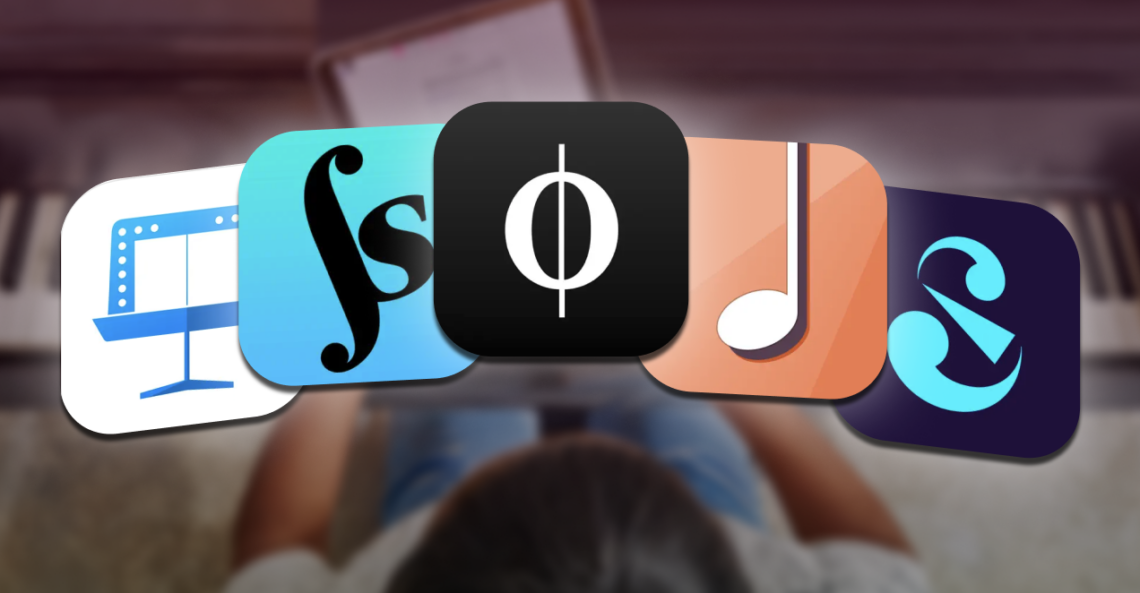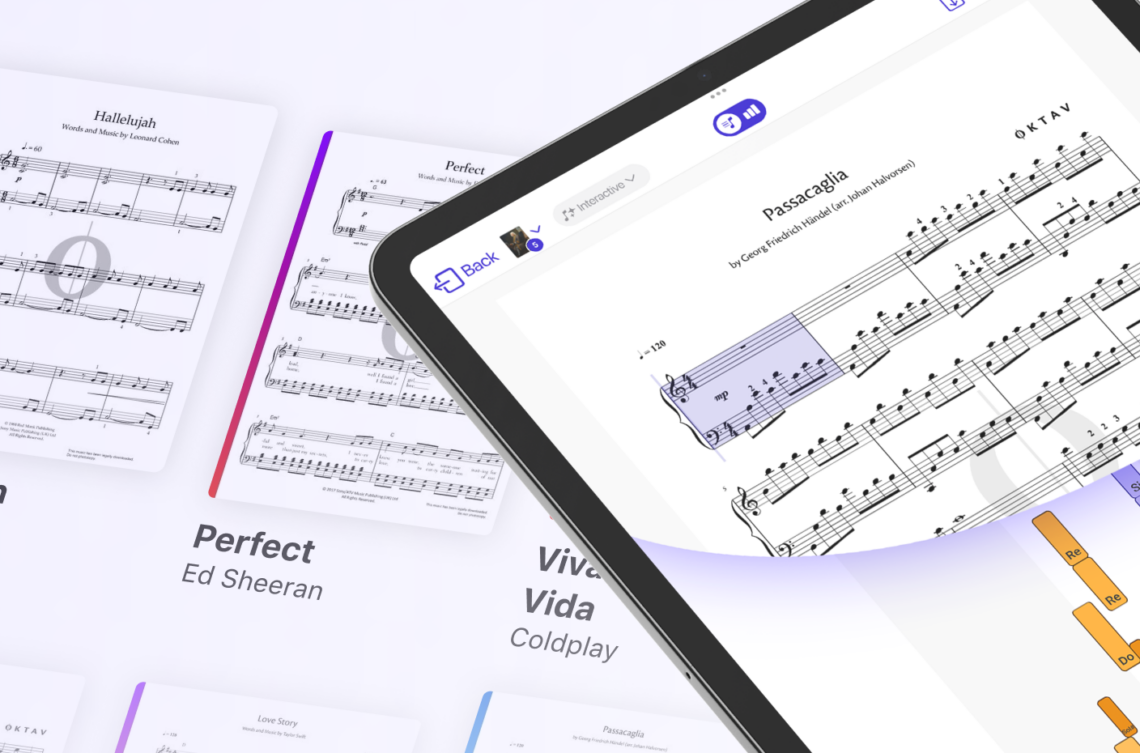Physical sheet music has its charm—it offers a tangible connection to the music and a classic aesthetic. However, digitizing your sheet music collection comes with many benefits: easy access anywhere, efficient organization, and secure storage. In this guide, we’ll show you how to digitize sheet music with minimal effort, explore the best tools and apps, and help you manage your digital music library effectively.
1. How to Digitize Sheet Music: Best Methods
There are several ways to convert physical sheet music into a digital format. Here are the easiest and most cost-effective options:
a) Scanning Sheet Music
A regular scanner or a scanner app for your smartphone is often sufficient. Some excellent free apps include:
- Adobe Scan
- Microsoft Lens
- CamScanner
- Google Drive’s Scan Feature (available on Android and iOS, allowing quick scanning and saving as PDFs directly to the cloud)
b) Taking Photos with Your Smartphone
If you don’t have a scanner, simply take a picture of your sheet music using your phone’s camera. Ensure good lighting and a steady hand to avoid distortions.
c) Specialized Sheet Music Scanning Apps
For direct conversion into editable digital sheet music, try these apps:
- PlayScore 2 (converts sheet music images into playable MIDI files)
- ScanScore (recognizes sheet music and allows easy editing)
2. Tips for Optimal Scanning & Photography of Sheet Music
To ensure the best possible results when digitizing sheet music, keep these key tips in mind:
a) Use Good Lighting
Bright, even lighting helps prevent shadows and glare. Natural daylight or a well-placed lamp works best.
b) Place the Sheet Music on a Flat Surface
Lay the sheets on a flat, neutral background to avoid distractions in the scan.
c) Keep the Camera or Scanner Parallel to the Paper
Hold the camera or scanner parallel to the sheet music to prevent distortion. A tripod or mount can improve accuracy.
d) Choose High Resolution
Select at least 300 dpi when scanning or photographing to preserve details and readability.
e) Enable Auto-Enhancement Features
Many scanning apps offer automatic edge detection and contrast optimization—activate these for the best clarity.
f) Save Multi-Page Scores in a Single Document
If scanning multiple pages, store them as a single PDF file for better organization and easier navigation.
3. How to Manage Your Digital Sheet Music Collection
Once digitized, organizing your sheet music efficiently is essential. Here are some best practices:
a) Save as PDFs and Categorize
Store your sheet music as PDF files and categorize them into folders based on:
- Composer
- Genre (Classical, Jazz, Pop, etc.)
- Difficulty Level
b) Use Cloud Storage
Upload your sheet music to Google Drive, Dropbox, or OneDrive for secure access from any device.
c) Utilize Sheet Music Management Apps
Apps like forScore or Newzik help organize, annotate, and interact with your digital sheet music.
4. Where to Find Digital Sheet Music
Beyond your digitized collection, many platforms offer extensive libraries of digital sheet music. One of the best options is OKTAV.com—a vast collection of interactive sheet music.
Another great source is IMSLP (International Music Score Library Project) – a large archive of classical sheet music in the public domain.
Conclusion: Digitize Your Sheet Music for Greater Convenience
Digitizing your sheet music saves space, improves accessibility, and keeps your collection safe. With free scanning apps, cloud storage, and digital management tools, transitioning to a digital music library has never been easier. To expand your digital collection, explore the web for a wide range of interactive sheet music. Start digitizing today and enjoy the convenience of a modern sheet music library!
By the way: We’d recommend going for a decent size tablet to enjoy your digital sheet music collection to the fullest.



